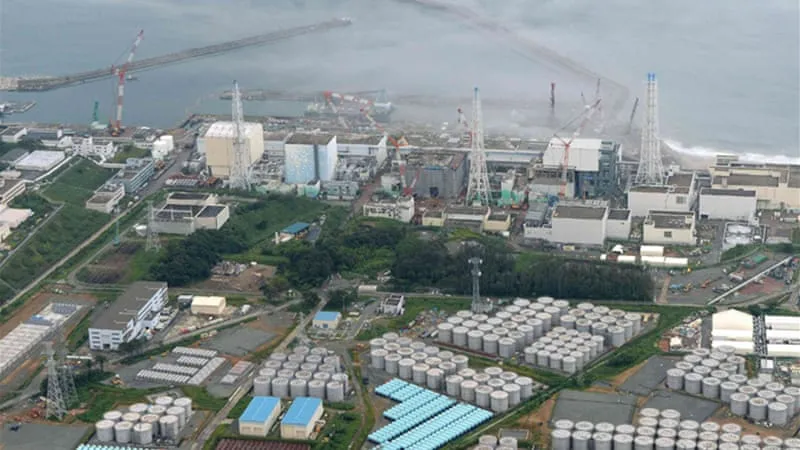
At the Fukushima power plant there are a large number of storage tanks that are being used for storing the contaminated water and other contaminated materials.
And the space for those storage tanks is said to be nearing the limit.

It's been several years after the disaster took place and still there are estimates that roughly 2 billion becquerels of radioactive water is still making its way into the ocean every single day.
The researchers suggest that for those who inhale the contaminated particles that they could be facing some serious long-term health risks.
Those tanks are covering hundreds of thousands of square meters and it's suggested that there isn't much vacant space left for them to use.
One idea they've thought of to try and ease the issue, has been to construct larger tanks than they have currently, but even that doesn't solve the problem entirely. Although, TEPCO allegedly still has plans to secure more than 1.37 million tons of storage capacity within the next few years. However, they've also admitted that it's going to be impossible to store the contaminated water indefinitely.

Dumping it all into the ocean has been regarded as the cheapest option thus far. Other suggestions on what to do have been ideas such as evaporation, burial, to release after electrolysis, or to inject it into geological layers.
They want to hear from the people...
Pics:
via greenreport.it
Reuters via aljazeera.com/news/asia-pacific/2013/08/20138227281528252.html
pixabay
Sources:
http://the-japan-news.com/news/article/0004451987
https://phys.org/news/2018-05-fukushima-radioactive-particle-significant.html
http://www.manchester.ac.uk/discover/news/fukushima-daiichi--radioactive-particle-release-was-significant-says-new-research/
http://www.dailymail.co.uk/sciencetech/article-5753411/Japan-poised-flood-Pacific-one-million-tons-radioactive-water-Fukushima.html
https://asia.nikkei.com/Politics/Fukushima-s-tankfuls-of-tainted-water-force-tough-call-on-dumping
Related Posts:
Fukushima: Radioactive Water Still Flowing Into Ocean
@doitvoluntarily/fukushima-radioactive-water-still-flowing-into-ocean
Fukushima Residents Upset Over Proposal To Use Radioactive Soil For New Roads
@doitvoluntarily/fukushima-residents-upset-over-proposal-to-use-radioactive-soil-for-new-roads